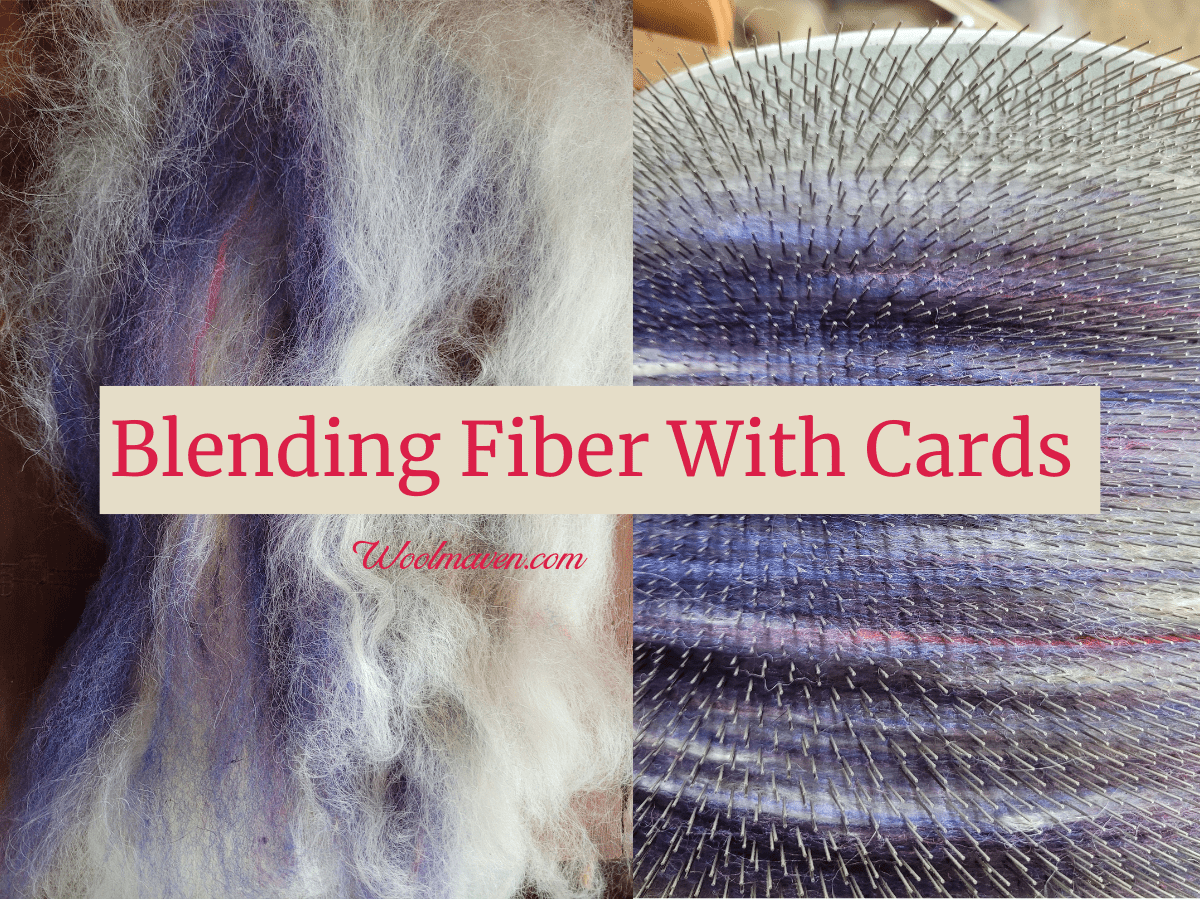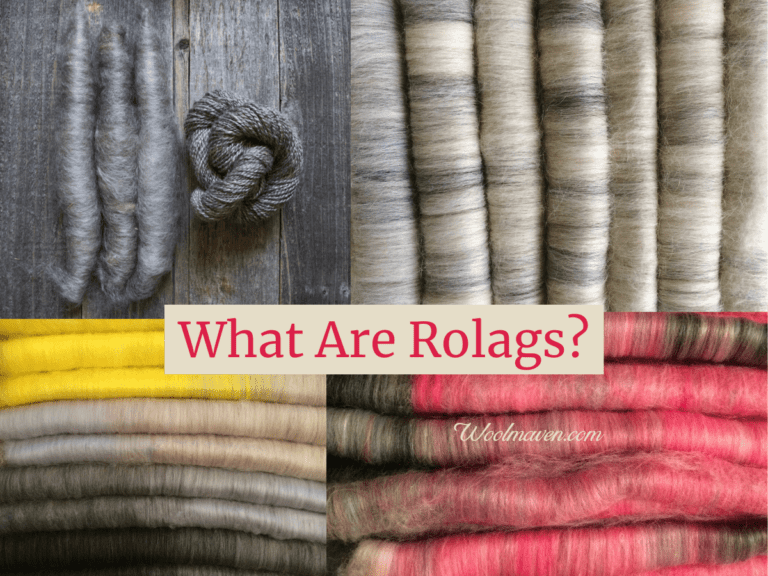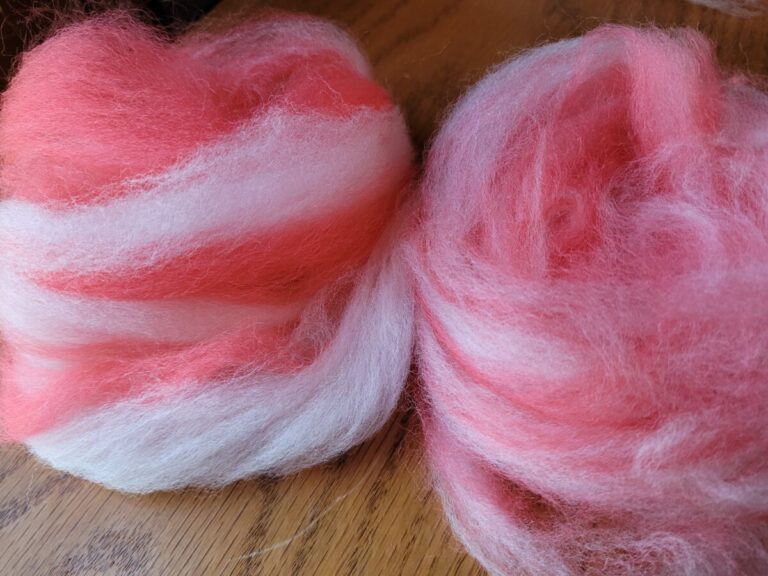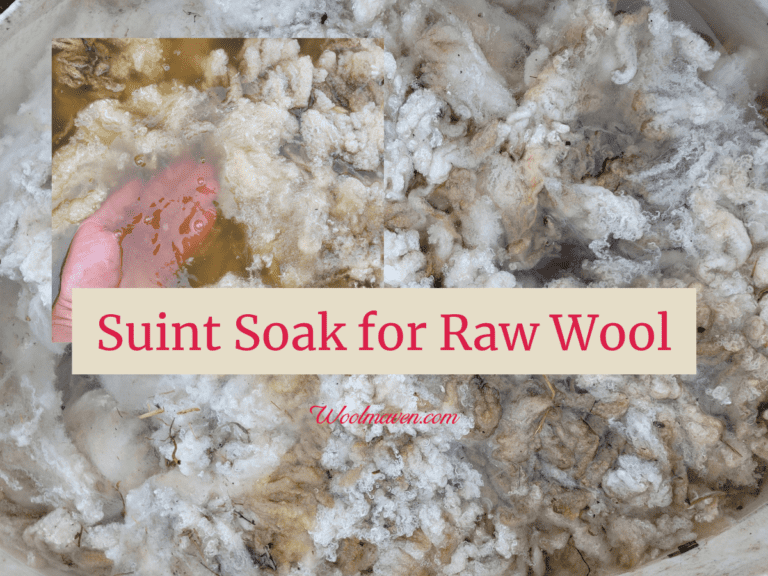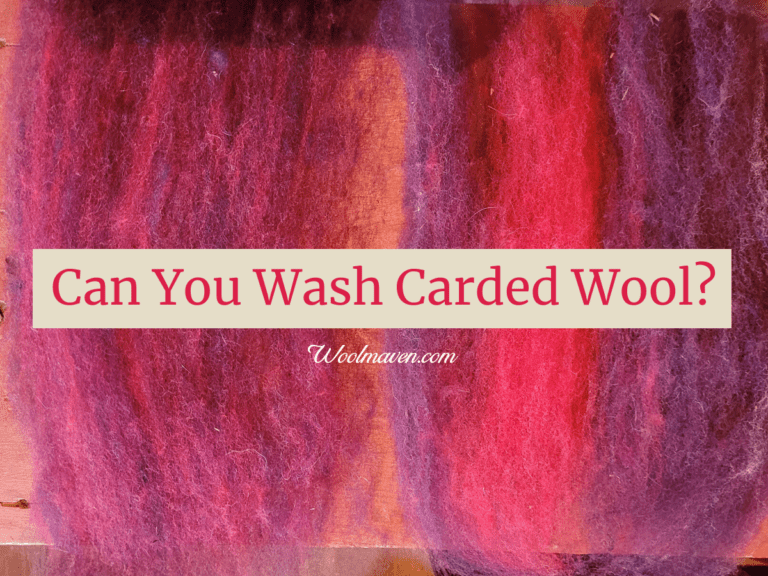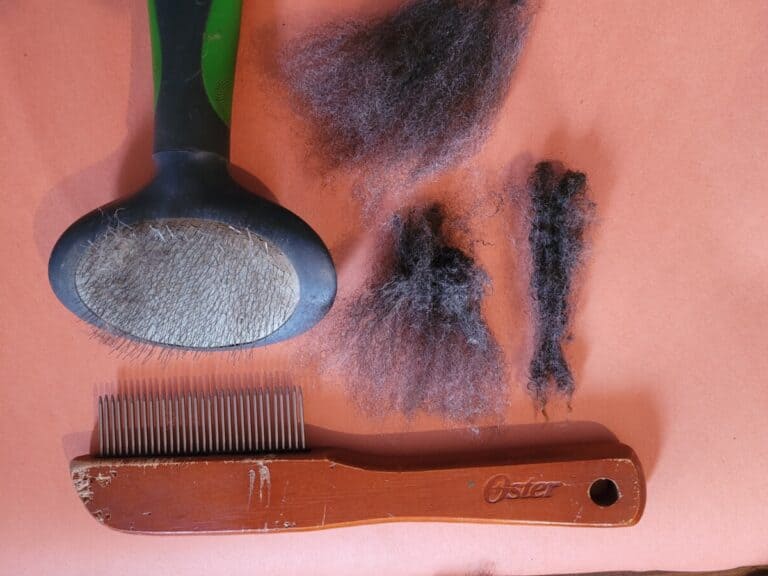Carding To Blend Your Spinning Fibers (For Beginners)
Using your cards to blend your spinning fibers opens up a world of options for your spinning.
I love to blend, especially for color, and routinely combine different wools or other fibers together to make a custom yarn, unique to me and my projects.
With a few tips and some basic guidelines, you can make your own custom blends, too!
Is Spinning Your Own Yarn Worth It? goes over the costs for making compared to buying your handmade yarn.
What spinnable fibers can you blend?
You can blend nearly anything that you want to spin, that’s the crazy part here! Your only real limitations are what you want to do with the batt after blending.
The things you need to keep in mind for blending fibers are:
- making a yarn that has integrity
- individual characteristics of each fiber you are using
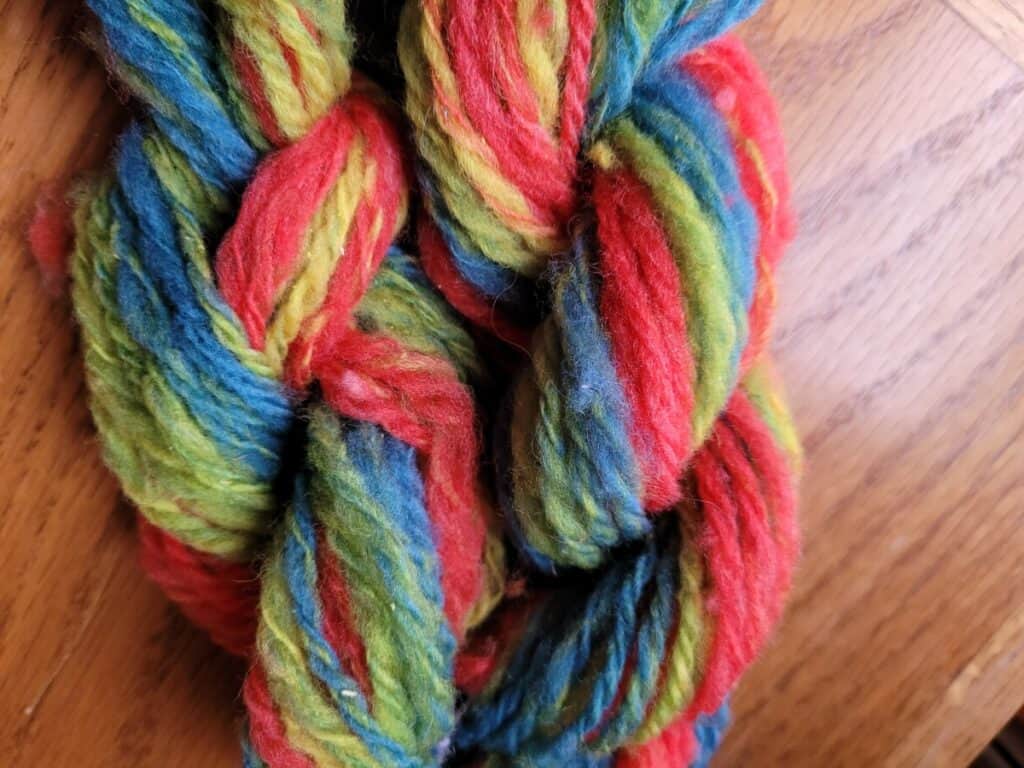
Yarn integrity is mainly that the yarn will hold together when you spin it. This is partly due to you and your spinning and partly due to the fibers you are choosing to work with.
For instance, if you are working with a short stapled fiber, like angora, you can spin it alone but if you add another fiber to it, like Merino, it will be easier to keep your yarn together.
The individual characteristics of the fibers will come into play in the finished yarn, so if you want to make a soft yarn, only use fibers that will feel soft when put into your handspun yarn.
In this case, if you wanted to use a fiber add a bit of luster to your yarn, you could blend in a touch of kid mohair (try it, you’ll like it), but not adult mohair, it’s too coarse for this project.
Purpose of blending fibers
Using your cards to blend spinnable fibers together allows you to custom blend fibers, both characteristic and color, for your specific project.
Blending gives you the ability to work with fibers that would not suit you or your project as is but are great when put with something else.
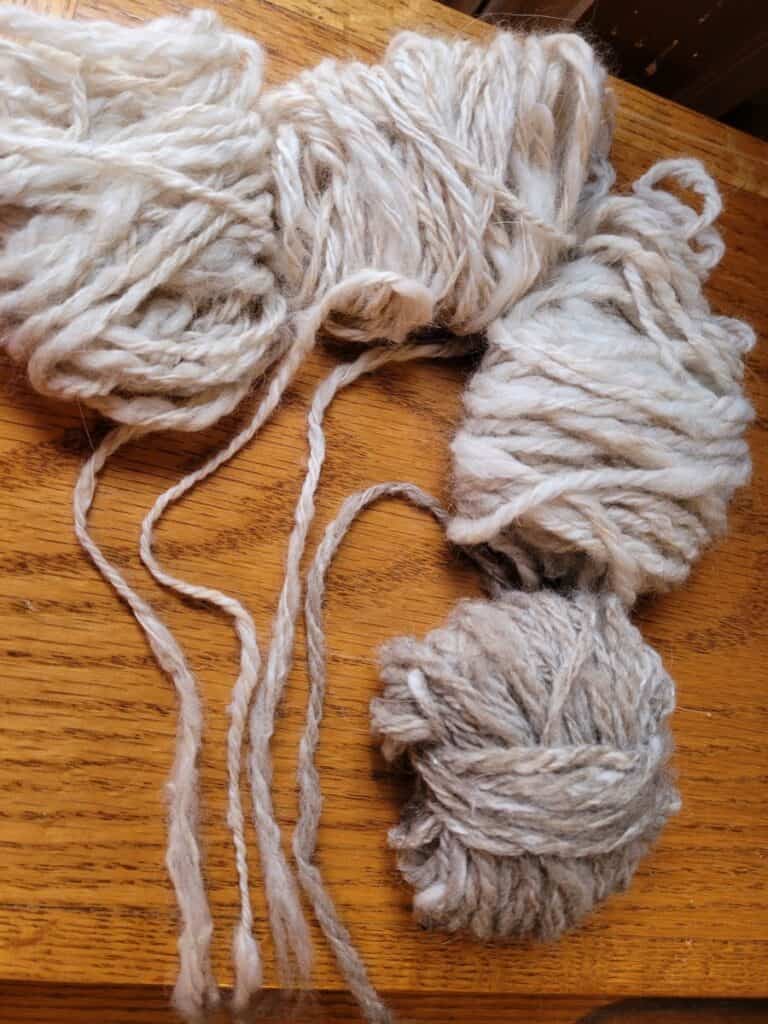
This post contains affiliate links, which means I receive commissions if you choose to purchase through links I provide (at no extra cost to you).
Blending for yarn characteristics
Blending fibers gives you the opportunity to add something to the batt to make your spinning and use of the yarn better suited to your needs.
For me, this is the case for both mohair and angora, each of which can be spun alone and produce an interesting yarn, but can also be put with other fibers to be used in more projects.
With mohair, I can spin it alone and it makes a beautiful yarn, wonderful for delicate lace type looking knits.
I actually prefer to blend it with other wools and get a fuller yarn that is much more versatile for the type of projects that I like to make.
Angora rabbit wool is another fiber that I prefer to blend. I did some blending experiments and to me a 50% angora 50% fine wool is wonderful, it’s super soft yet has some bounce back.
Blending these fibers with a nice wool (I love to use Polwarth), gives me the best of both worlds for the ever growing parade of hats that I enjoy making.
Polwarth is a wonderful wool to spin, one of my favorites! If you haven’t tried it yet, give it a shot, you’ll be glad you did!
The other benefit to blending fibers is that, at least for me, the base wool (Merino, Polwarth or which ever wool you choose), while being a wonderful wool, can a bit to basic by itself.
When I add a bit of something else, all of a sudden the beauty and versatility of both fibers really comes through.
Also, at least in the case of the angora, I had a hard time getting the angora only yarn to hold together, but with a touch of wool blended in, spinning was much easier.
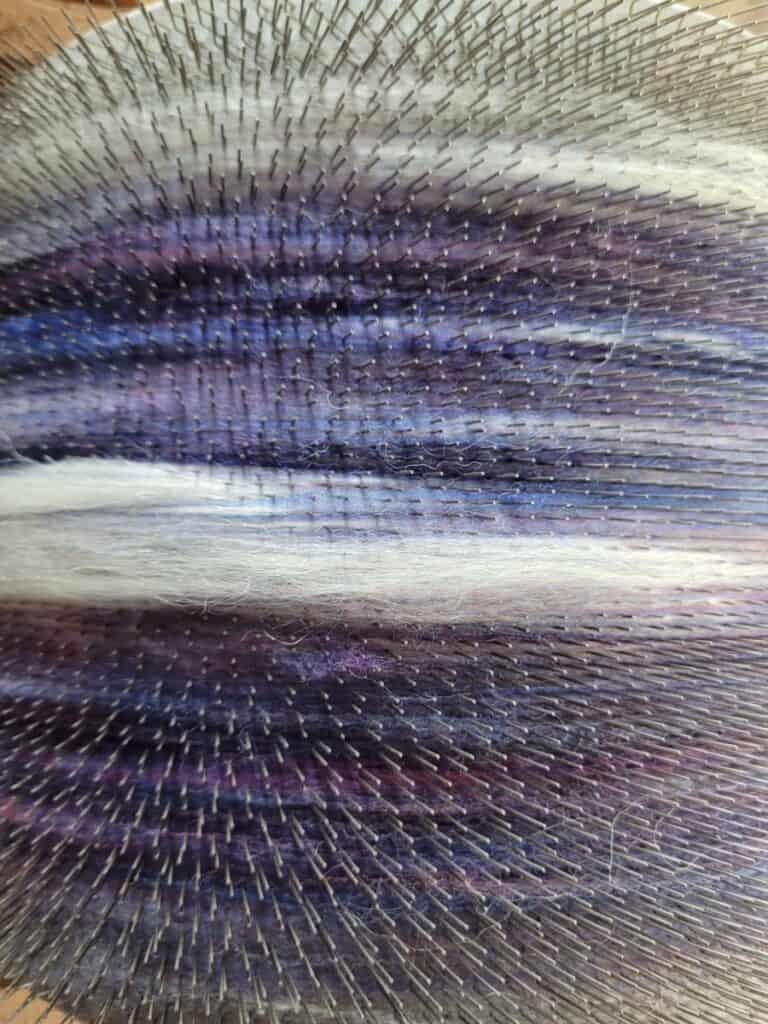
This is the type of blending that I enjoy most, it’s lovely on the drum and makes a wonderful unique yarn!
Blending for color
The other common reason to blend is not so much yarn integrity as is color of the yarn.
Do you want a rich purple that you make from part red and part blue? This will make a beautifully complex and interesting yarn, which will be much more interesting than a purple dyed yarn.
This will take a bit of playing around to get the color you are happy with, but what a huge difference a blended color makes, it’s so rich and alive.
Or maybe you are thinking of making a yarn with stripes running lengthwise or various fun color changes in a variegated yarn, both of which and more are made with blending at carding.
I do a lot of this type of blending for color. I love to mess around with putting different colored sections of fleece on the drum carder and seeing what the batt ends up looking like.
Interestingly enough, this will be a great place to use up your extra bits, from other dyed projects or the new to you fiber that you still have a bit of in your stash.
Now is the time to see what you can do with all those leftover bits that you just couldn’t part with! You knew you were saving them for a reason 😉
I dyed in bright green, blue and red some locks of white kid mohair. These little pops of shine and color are great added in to a needs a bit of something batt. I use them all of the time.
Easy Ways To Dye Wool For Handspinning gives you some guidance for getting started with dyeing wool for your blending projects!
Your card options for blending
Your main carding options for blending are going to be a set of hand carders, a drum carder and a blending board. Each will do a bit of a different job, depending on what you need for your yarn.
Hand cards are going to be the most thorough blending cards. They are also going to make the smallest batt, so you’ll have to repeat the process more times.
The hand cards that I use are Clemes & Clemes Curved Back Wool Cards. I’ve had them for almost 20 years and use them for all of my hand carding.
As far as blending different fibers together, as long as the fibers are similar in fineness and length, it seems to work out well on the handcards.
Blending for color is easy on your handcards and a great place to test batch your ideas before you go to the larger volume of the drum carder.
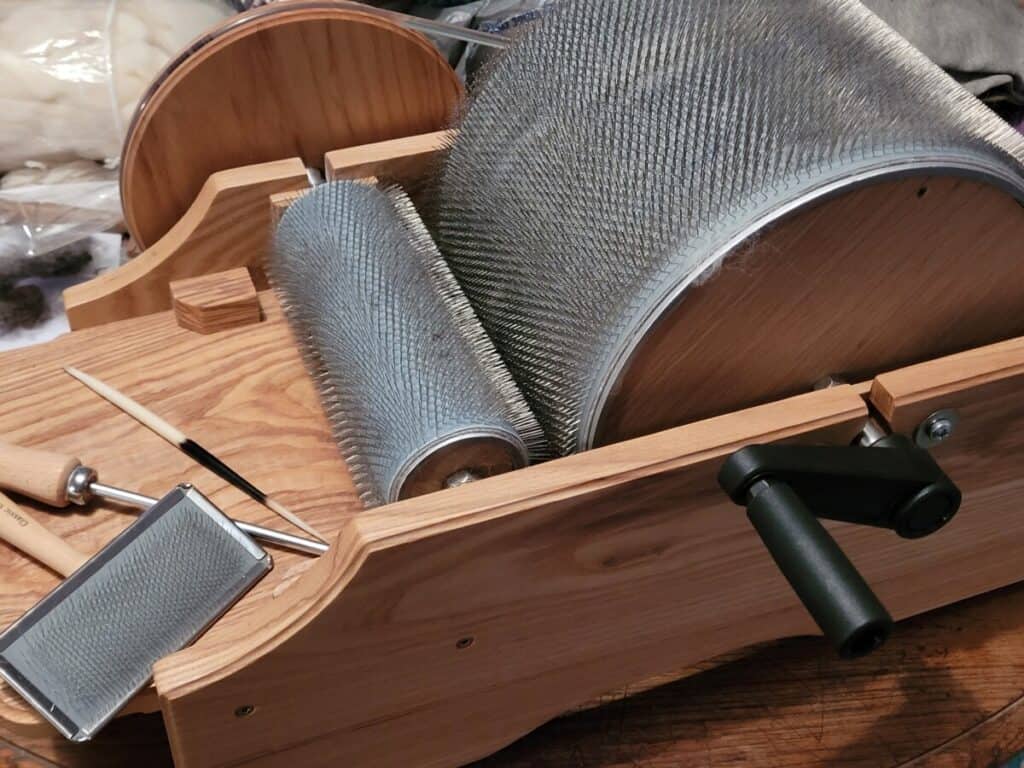
Drum carders are my preferred blending card, by far. I love to see the fibers go onto the drum and start working together.
For me, complete blending of colors, is less precise on the drum carder in that it will take more times through to fully blend without streaks of one or the other showing in the batt.
To be fair, I tend to like the streaks of color, so maybe all I need to use a bit more intentionality regarding how I load the drum and put in the practice time!
Where a drum carder really shines is that it is easier to blend a variety of fibers into one batt.
You can blend fibers of different lengths or lightly topping off the batt with something special like angora or sparkle. While this is doable on the handcards, it’s more of a challenge.
If you do much carding at all, consider purchasing the Ashford Drum Carder. Drum carders are truly wonderful tools, I love mine!
Blending boards are a different thing altogether. They really don’t card as much as hold things in place for you to pull them off into a cool batt or roving, that’s where the blend part happens.
I’m including blending boards because if you just need your different fibers held together in a certain way and dizzed off, this will give you more volume than a set of handcarders.
Notice that with a blending board there really is no actual carding taking place, the carding cloth is just a pin up board to hold your already carded fiber.
If you need to actually blend fibers, like take red and blue to make a well blended purple, you’ll want to use your hand or drum carder, since the blending board will give you a streaky batt.
I see the beauty of working with a blending board, especially if you purchase all of your fiber as ready to spin. It would be an inexpensive alternative to some of the uses for a drum carder.
All of the cards listed above will have options regarding the fineness of fiber the cloth is made for, which is listed as tpi.
TPI of the carding cloth means the number of teeth per inch, with more teeth needed for fully carding finer wools and less teeth for carding larger diameter fibers.
Pick the tpi that will suit the majority of your carding work.
I have general use tpi (72, I think) for all of my cards and they work fine on anything I have used so far. If I were more of a specialist fine wool person, for example, a higher tpi would be better.
Tips for blending fibers
You’ll want to experiment with blending different fibers and hopefully with different tools and see what you prefer for what specific result.
Here are some tips to get you started blending your fibers:
- make sure all of the wool has been previously carded before blending it
- you can use less of a special fiber than you think, like sparkle, and still see results
- all fibers must be suitable for the end use
- adding a touch of a crimpy wool to a “hard to spin” fiber will help you spin it
- do small test batches first
- keep track of what you did so that you can recreate a great blend!
Carding Beautiful Blends is a great article at Knitty.com by Lorraine Smith. If you are interested in color blending, this is a must read!

